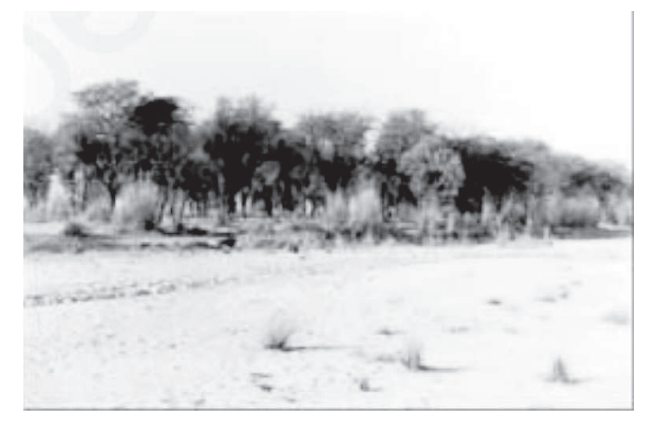Why is the rate of assimilation of energy at the herbivore level called secondary productivity?
The rate of assimilation of energy at herbivore level is called secondary productivity because the biomass available to the organisms of next trophic level (consumer) for further consumption is a resultant of the primary productivity which is formed by autotrophs (plants).
Why are nutrient cycles in nature called biogeochemical cycles?
Nutrient cycles are called biogeochemical cycles because ions/molecules of a nutrient are transferred from the environment (rocks, air and water) to organisms (life) and then brought back to the environment in a cyclic pathway. The literal meaning of biogeochemical is bioliving organism and georocks, air and water.
Give any two examples of xerarch succession.
Xerarch succession of ecological communities originates in extremely dry conditions such as sand deserts and rock deserts (as there is no water and the substratum does not absorb rain water).
Define self sustainability
Self sustainability is the maintenance of an ecosystem itself or naturally. i.e., A system that maintain itself by its own independent efforts is a self-sustainable ecosystem.
Given below is a figure of an ecosystem. Answer the following questions?
 (i) What type of ecosystem is shown in the figure?
(i) What type of ecosystem is shown in the figure?
(ii) Name any plant that is characteristic of such ecosystem.
(i) It is a tropical deciduous forest ecosystem.
(ii) In India this type of forest ecosystem is characterised by Tectona, Dipterocarpus Jamun, Amla, Palas, mahua and Semul plants.